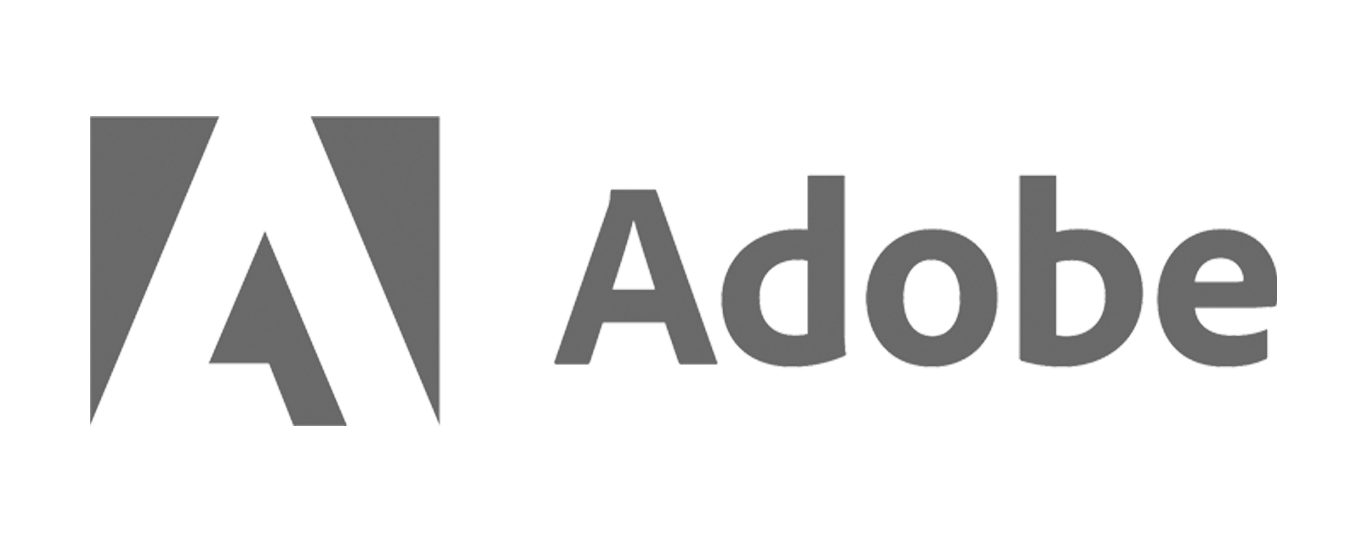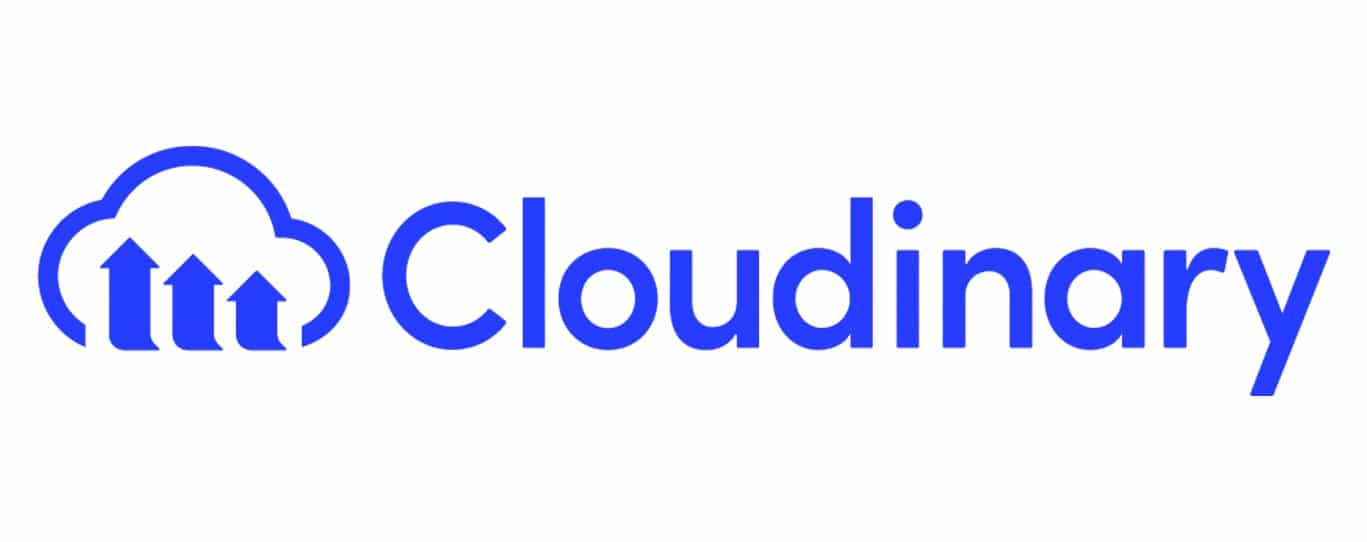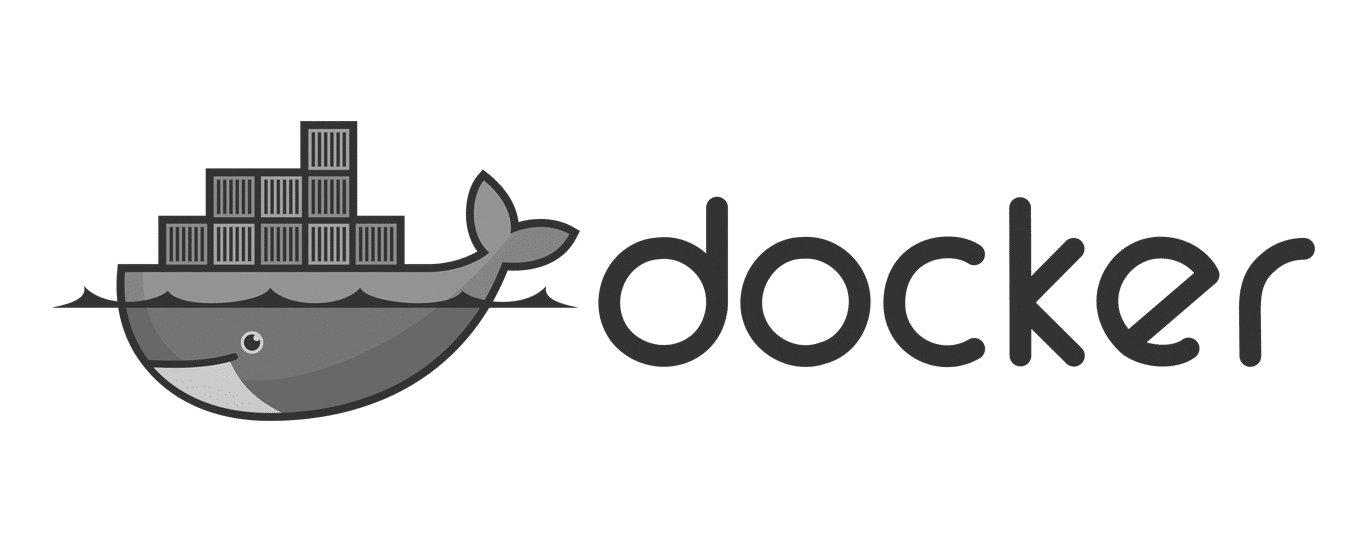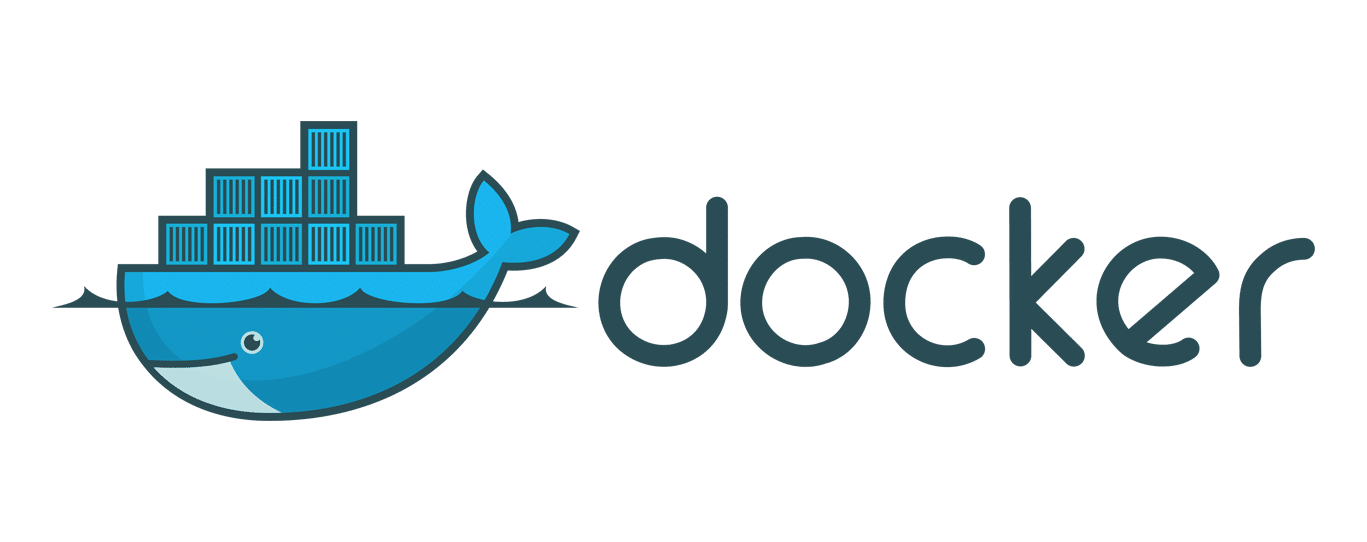WEBINAR ON-DEMAND
Developer Education on the Front Lines
ContentLab x Appsembler Joint Discussion
About the Webinar
Co-hosted by ContentLab and Appsembler, “Developer Education in the Front Lines” is an exclusive webinar that developer marketers, developer advocates, and product marketers can’t miss.
Watch on-demand for a front-line look into what it takes to conceptualize and build a developer education experience, and discover the real-life results that leading tech companies are experiencing with developer education.
We focus on the practical and how-to — with very little top-down jargon — on how software companies are successfully prioritizing and implementing developer education.
Key Takeaways
34% of sales are lost due to Developer influence
Buying processes have evolved. 1 out of every 3 deals dies because of a failure to get developer buy-in.
The need for Developer Education is rising quickly
A hugely increasing audience—100M devs by 2025—is driving a massive increase in the need for developer education.
Education gets Developers from activation to engagement
Education is integral to get the developers from Activation to Engagement

Learn from developer education front-line experts
Ryan Peden, Content Expert & Author at ContentLab
Nate Aune, CEO, Appsembler
Question & Answer Session Highlights
How often do developers go through long-form tutorials? A lot of time is put into these tutorials, so how can we maximize the ROI?
- Nate Aune, CEO of Appsembler (LinkedIn Profile): I think it has to do with the objectives of the developer. If you’ve written a tutorial that shows how to solve the exact problem (or similar) that the developer is trying to solve, he/she is going to be highly motivated to go through the long-form tutorial. The reason is that they can see the value after completing the tutorial - they will have solved their problem!
- Ryan Peden, Author at ContentLab (LinkedIn Profile): Developers go through long-form tutorials very often, provided the tutorial is constructed correctly. To maximize your ROI, I suggest the following: make sure the tutorial has a clearly defined compelling takeaway that you can describe in one sentence; make sure your tutorial provides working code; keep the introduction brief and to-the-point; and avoid excessive callouts about the greatness of your own product.
From a standing start, how long does a developer education experience take to get launched?
- Ryan: A single person can publish a working course in a week or two. It won't be a weeks-long course like the kind Redis uses, but you can build out a course that takes from 2-8 hours for developers to work through, publish it, and then use the data you gather from learners to refine the course and also help you decide how to build out your next few courses.
- Nate: The short but realistic answer is, it depends. Appsembler has customers who built out 12-week long courses that are quite comprehensive and took weeks to build -- but are now their #1 source of product sign-ups. These are courses with many hands-on labs, assessments, quizzes and exams. If you add video content to the course, expect it to take longer to produce, because videos need to be edited, and potentially updated if the product changes in the interim. But if you’re building a shorter course that the developer is expected to complete in a day or two, or even an hour-long exercise, that can usually be built in a few days to a week. It of course depends on the complexity of the exercises, and how much time it takes to build out the hands-on labs.
How can I get stakeholder buy-in to invest in developer education and better content?
- Nate: We have several case studies published on our website. You can use these as proof points to demonstrate that other successful software companies are seeing huge benefits and tangible results from investing in developer education and improving their technical content. Basically, if you can show that education drives increased product adoption/usage, or that it leads to net dollar retention, you should be able to get budget. These are company-wide KPIs that every software company is optimizing for, so showing the connection between course participation and the developer’s engagement with the product, and their purchasing/renewal/expansion behavior is a sure-fire way to get stakeholder buy-in.
- Ryan: Start by telling them stories about the kind of success other companies have achieved with their developer education courses. "Chef's courses are their #1 lead generator" provides the kind of validation decision makers respond well to. For non-course content, I'd show them stories like this CircleCI case study that ContentLab published. If you need to go deeper, I’d look at data and reports like the ones offered by Evans Data. This way, you get a nice 1-2 combo of real-world success stories along with hard data to back up the effectiveness of good content and developer education.
When creating the content for the courses, how do you uncover and identify the developer pain points to address in the courses?
- Ryan: Ideally, you should already know the developer pain points because you uncovered them during audience segmentation – ideally, using personas. If you haven’t done this yet (or haven’t updated your personas in a while,) start here. If your personas don’t include a section on what each persona wants to learn about, I suggest enhancing your personas to include this. And if you’re trying to reach a new audience that you haven’t reached before – the way Chef did with courses on things like Git, Ruby, and YAML – you might need to build additional personas before creating your courses. Make sure you understand your target developers’ goals, pain points, and desired learning outcomes to ensure you end up creating the courses they'll be eager to work through and finish.
- Nate: You can look in your Google Analytics to see what search keywords people used to find your blog content. Chances are that they were googling a question, and your content came up in the search results. Use those questions to inform what courses to build, as those are pain points that the developer is trying to solve. If you’re creating product training, you can install something like Hotjar or Crazyegg to observe how people are using your product, what use cases they’re trying to evaluate and where they’re getting stuck. Then you can create courses to address common use cases or to help them navigate successfully through particular aspects of your product that are complicated or difficult.
Have a question that wasn't covered?
If you have a question about developer education or technical content creation that wasn't answered, send us a message and we'll be in touch!
Trusted by developer education teams from








And trusted content creators by








Webinar brought to you by
ContentLab is a technical content marketing agency focused on delivering high-quality articles, tutorials, courses, and marketing materials to tech industry leaders.
Here’s what you can expect when you get in touch with us:
-
A member of our content team will reach out via email within one business day
-
We’ll set up a discovery call to learn more about your content needs and goals
-
On the call, we’ll also discuss the best packages to suit your needs and answer any questions you may have
Let’s talk content!

